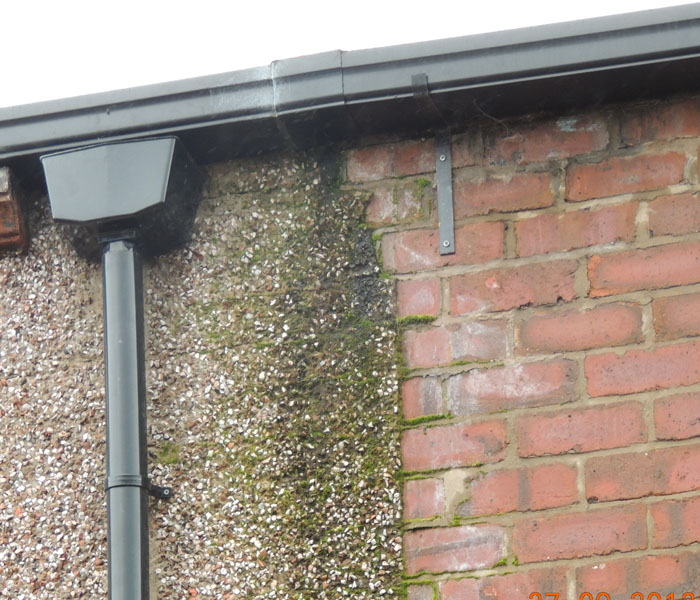Penetrating Damp | How to Tell If You Have a Damp Problem

Having damp in your home can be a major issue, not only can it look and smell bad, it can also have serious implications on your health and if left untreated, can be extremely costly and time consuming to repair. There are different kinds of damp that can affect a property, penetrating damp is one of the most common types, here is how to tell if you have a damp problem and how to get rid of it.

What is Penetrating Damp?
Penetrating damp, also known as lateral damp, is when moisture comes through the walls of a building, usually from the exterior to the interior. This can create damp patches on the wall that get worse with rain.
What Causes Penetrating Damp?
This type of damp usually happens when there is some sort of problem with the masonry of the building or another defect. A leaking gutter, problems with the brickwork – such as becoming more porous with age – and faulty joints between the windows and doors can all cause penetrating damp.
Basically any way that moisture get seep into a building horizontally.
Porous Walls
Older buildings have older bricks, these bricks are less capable to keeping water out so instead, soak it in.
Spalled Bricks and Degraded Mortar
Any sort of damage to the brickwork that allows water to penetrate through.
Building Defects
Ineffective gutters and downpipes can lead to water leaking out and running down the walls, when this happens over a prolonged period of time you are at risk of developing damp. Roof damage can also allow water to seep in. As can poorly installed windows and doors.

Signs of Penetrating Damp
There are many tell-tale signs that you may be experiencing penetrating damp, these include;
- Localised dampness
- Plaster damage
- Wet rot
- Mould
- Moss
- Brick damage
If you are experiencing any of these symptoms, then get in touch with a penetrating damp specialist.
Problems Caused by Penetrating Damp
There are many problems that penetrating damp can cause including;
- Wet rot
- Mould
- Damp plaster
- Damp smells
- Frost damage to masonry
- Visible water damage
- Room feeling cold and uninhabitable
- Health issues (especially for kids, the elderly, asthma sufferers, people with respiratory issues)

Treatment
There are a few ways that you can treat and prevent penetrating damp. First, the root of the problem will need to be determined and treated. If not, the damp will just keep returning. It is advised to hire in help from a professional who can determine the source of the problem quickly and effectively, with minimal damage and all the necessary equipment.
After the problem has been located and treated, preventative measures can be added to the brickwork. This can include painting or injecting a water-resistant solution onto the bricks. This can come in many forms but the professionals will know what one will work best for your situation.
After that, any damage will be repaired and you no longer have a damp problem.
